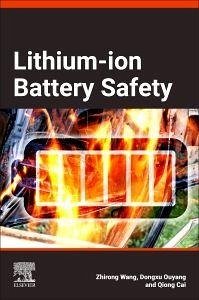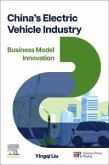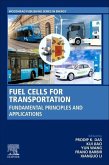Lithium-ion Battery Safety provides an in-depth exploration of the safety challenges associated with lithium-ion batteries, focusing on thermal runaway-a critical and potentially catastrophic failure mode. It systematically analyzes the mechanisms, characteristics, and influencing factors of thermal runaway under various abusive conditions, such as mechanical, electrical, and thermal stresses. The book also examines the propagation of thermal runaway, its derivative disasters, and effective countermeasures, offering valuable insights into prevention, mitigation, and safety management to safeguard lives and property while supporting the sustainable development of the new energy industry. This book is an essential resource for researchers, engineers, industry professionals, policymakers, and students involved in battery technology, energy storage, and safety management. It aims to enhance understanding, promote industry-standard safety practices, support technological innovation, and contribute to the sustainable growth of the new energy ecosystem. Whether you are involved in battery design, safety regulation, or industry application, this comprehensive guide will equip you with the knowledge needed to prevent accidents and advance safer energy storage solutions. This book also explores the fundamental composition and working principles of lithium-ion batteries, providing a thorough understanding of the mechanisms and triggers of thermal runaway, as well as the associated hazards such as fires, explosions, and toxic gas releases. It emphasizes the importance of examining current safety standards, research methodologies-including experimental and simulation approaches-and the influence of factors like battery design, aging, and environmental conditions on safety. Moreover, it highlights the development of effective countermeasures, such as thermal management systems, early warning technologies, physical barriers, and fire suppression techniques. Addressing existing safety gaps, fostering technological innovation, and establishing comprehensive industry standards are essential steps toward improving safety, supporting sustainable industry growth, and guiding policy development.
Bitte wählen Sie Ihr Anliegen aus.
Rechnungen
Retourenschein anfordern
Bestellstatus
Storno







![Multiphasal Alternating Currents [microform] Multiphasal Alternating Currents [microform]](https://bilder.buecher.de/produkte/65/65502/65502081m.jpg)
![The Stave Falls Power Development of Western Canada Power Company, Limited [microform] The Stave Falls Power Development of Western Canada Power Company, Limited [microform]](https://bilder.buecher.de/produkte/66/66174/66174562m.jpg)